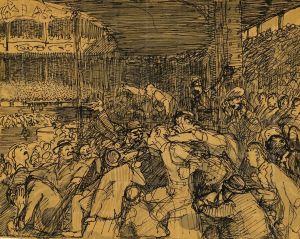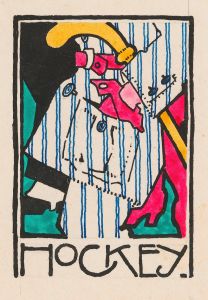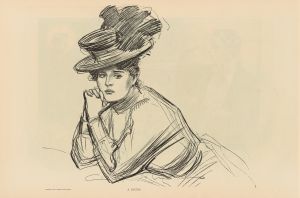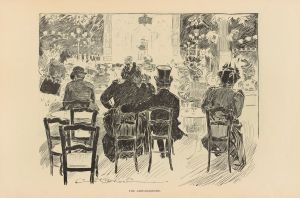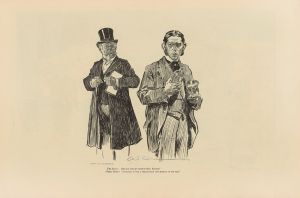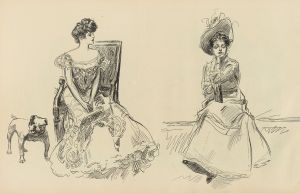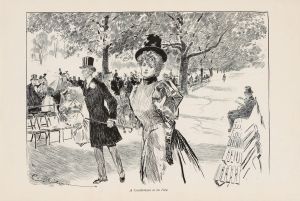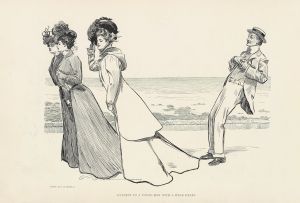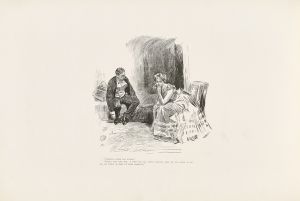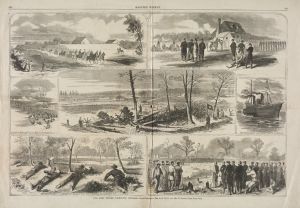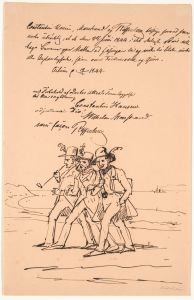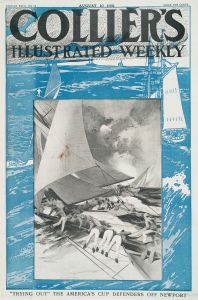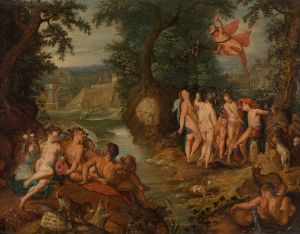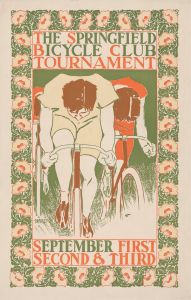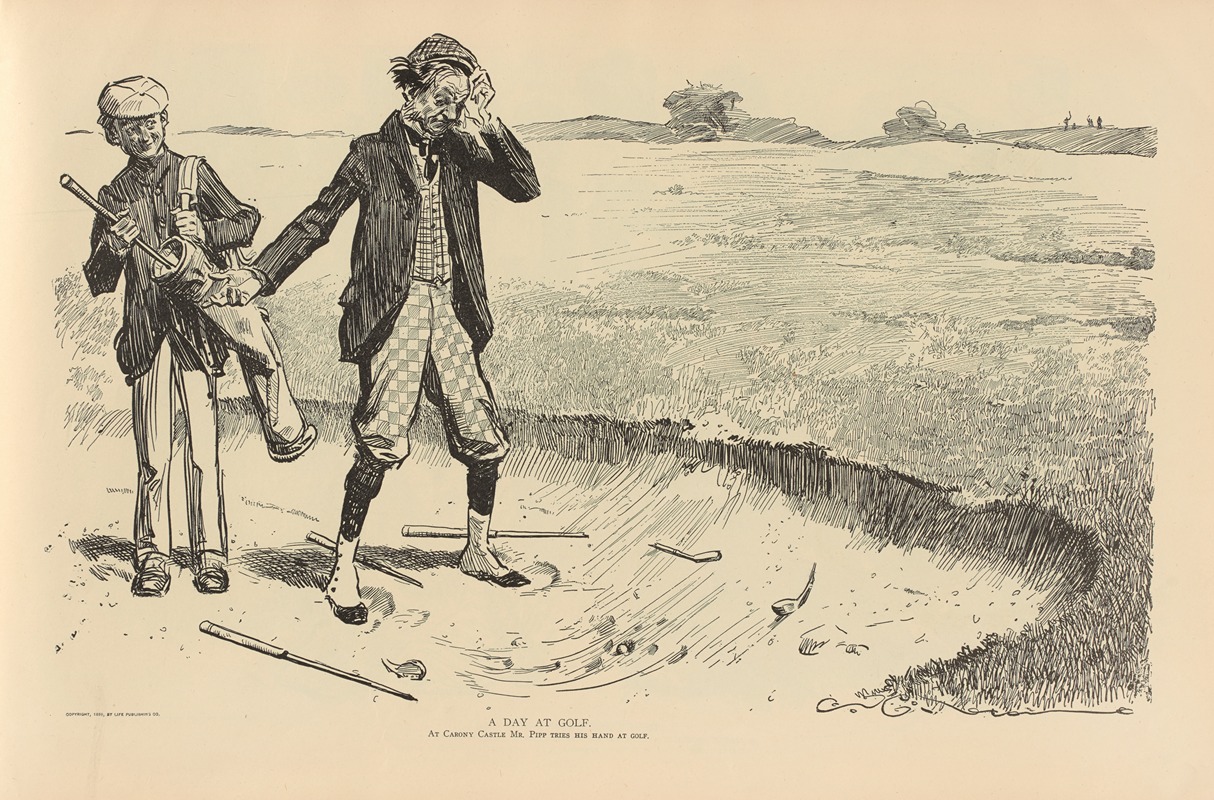
A day at golf
A hand-painted replica of Charles Dana Gibson’s masterpiece A day at golf, meticulously crafted by professional artists to capture the true essence of the original. Each piece is created with museum-quality canvas and rare mineral pigments, carefully painted by experienced artists with delicate brushstrokes and rich, layered colors to perfectly recreate the texture of the original artwork. Unlike machine-printed reproductions, this hand-painted version brings the painting to life, infused with the artist’s emotions and skill in every stroke. Whether for personal collection or home decoration, it instantly elevates the artistic atmosphere of any space.
Charles Dana Gibson was an influential American illustrator, best known for his creation of the "Gibson Girl," a representation of the idealized American woman at the turn of the 20th century. His work was widely published in magazines such as Life, Harper's Weekly, and Scribner's, and his illustrations captured the spirit and social dynamics of the era.
"A Day at Golf" is one of Gibson's many illustrations that reflect the leisure activities and social customs of the early 1900s. While specific details about this particular illustration are scarce, it is consistent with Gibson's style and thematic focus. His illustrations often depicted scenes of upper-class society, showcasing their fashion, pastimes, and interactions.
Gibson's work was characterized by its detailed pen-and-ink technique, which allowed him to create intricate and expressive images. His illustrations were not just art; they were social commentaries that provided insight into the cultural norms and values of his time. "A Day at Golf" likely portrays a scene involving the sport of golf, which was gaining popularity among the affluent classes in the United States during this period.
Golf, originally a Scottish pastime, became a fashionable sport in America in the late 19th and early 20th centuries. It was associated with the leisurely lifestyle of the wealthy, who had the time and resources to indulge in such activities. Gibson's illustration would have captured this aspect of society, highlighting both the sport itself and the social interactions that accompanied it.
The "Gibson Girl" often appeared in his works as a symbol of modern femininity and independence. She was typically depicted as tall, slender, and elegant, often engaged in activities that were both fashionable and socially acceptable for women of her class. In "A Day at Golf," it is plausible that a "Gibson Girl" might be featured, participating in or observing the game, thus reinforcing her role as an active and modern woman.
Gibson's illustrations were more than just depictions of people and activities; they were narratives that conveyed the subtleties of social relationships and the evolving roles of men and women. His work remains a valuable resource for understanding the cultural history of the United States during the late 19th and early 20th centuries.
While "A Day at Golf" may not be as widely recognized as some of his other works, it nonetheless contributes to the rich tapestry of Gibson's artistic legacy. His ability to capture the essence of his time with humor, elegance, and keen observation ensures that his illustrations continue to be appreciated for both their artistic merit and historical significance.





